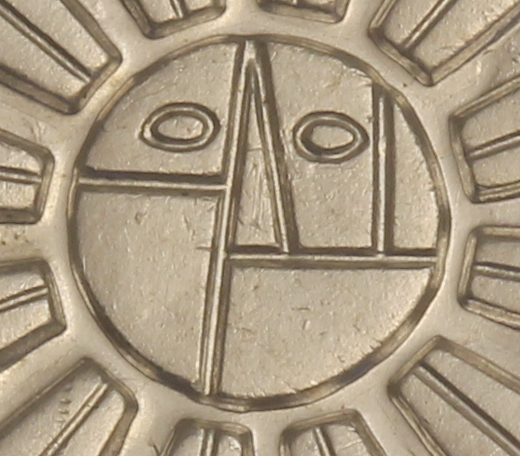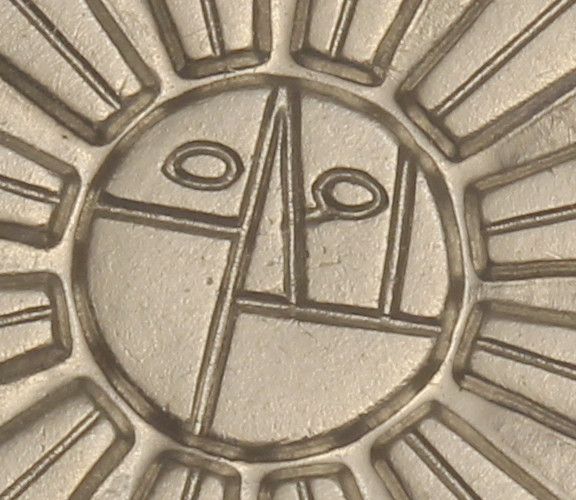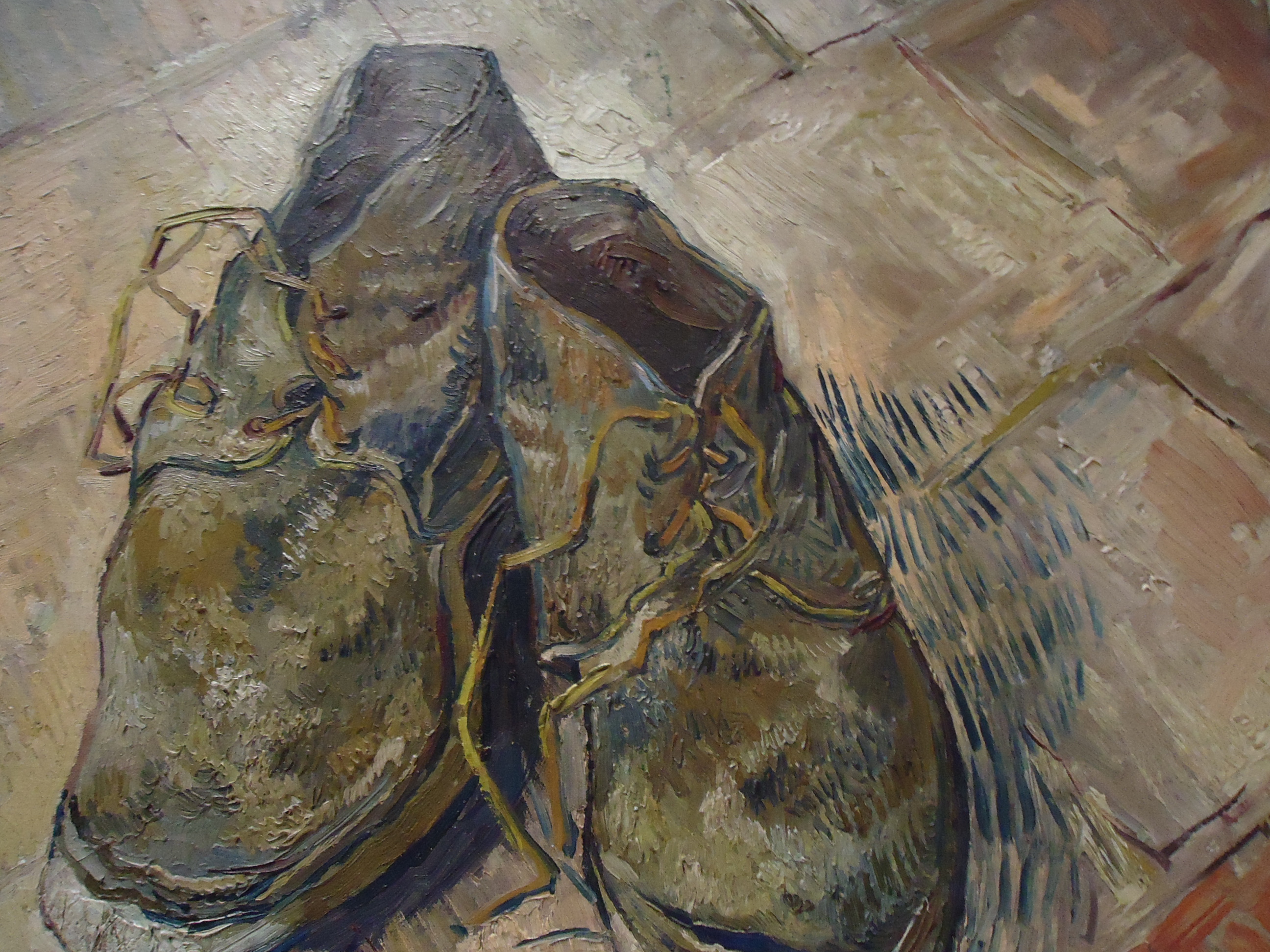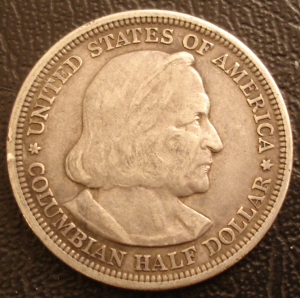
Coin Collecting at the Safir House
Ruben Safir Coins Collection: Uruguay Food for All - 1969 Patterns - Bronze and Silver
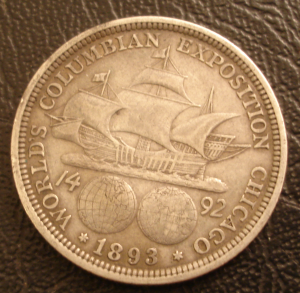

|
Coin Collecting at the Safir House
|

|
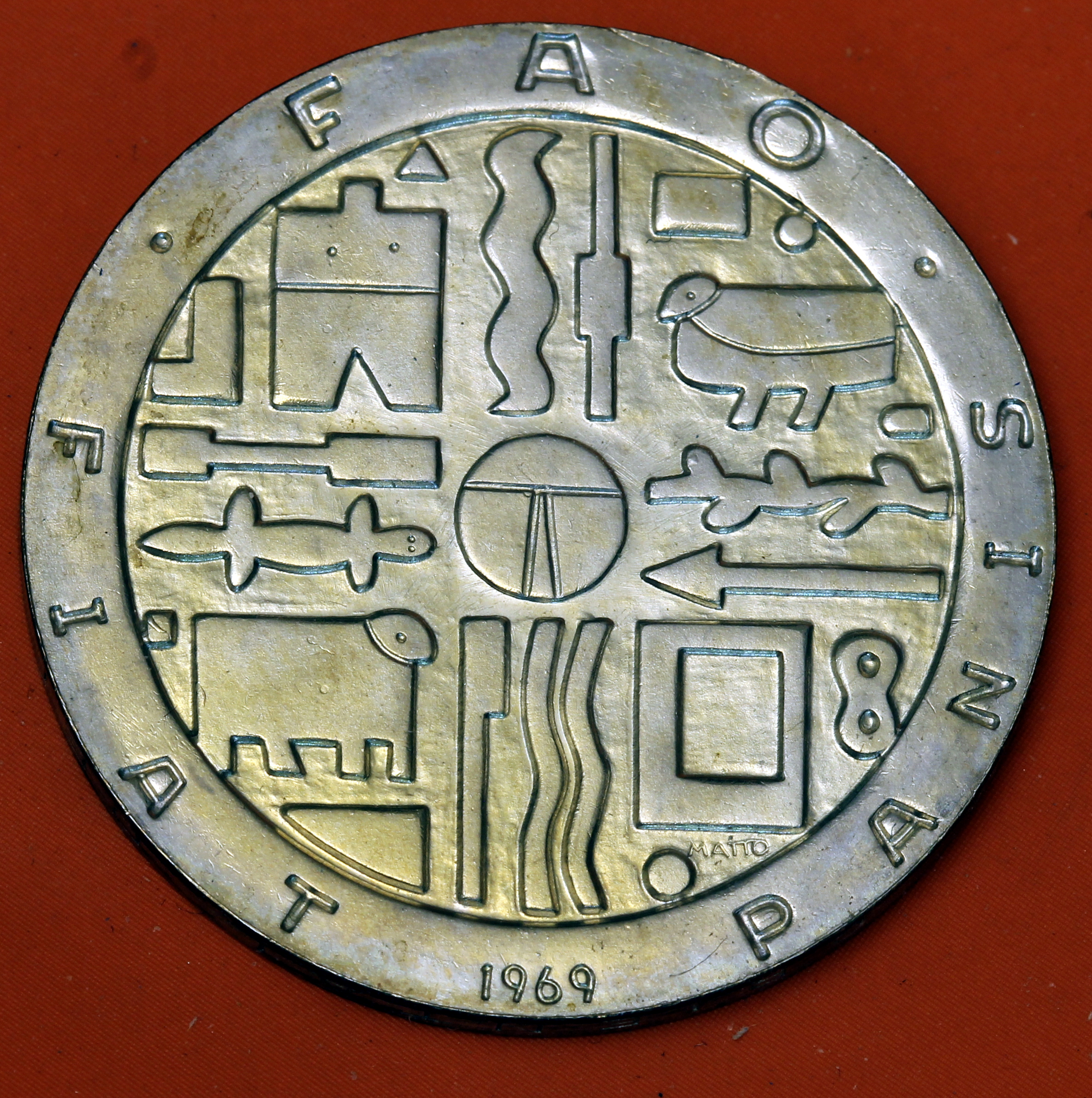
The Food for All program from the United Nations is one of the many coin programs designed to raise money charitable funds or raise public advocacy for causes. Usually they are international programs and make an interesting wrinkle in the collecting of commeratives. The United Nations, Food for All program is such and example and elsewhere you can find articles written about the FAO coinage. In my opinion, must of the coinage for the FAO program is dreary, but there are some exciting exceptions, including this 1969 design that came out of Uruguay. The coin channels the native South American Indian culture, but not in a passive, nostalgic, often political context, but refreshing modern context that draws from West Abstraction Art movements, which were themselves influences by primitivism" of Africa and native tribe worldwide . So things have come in a circle.
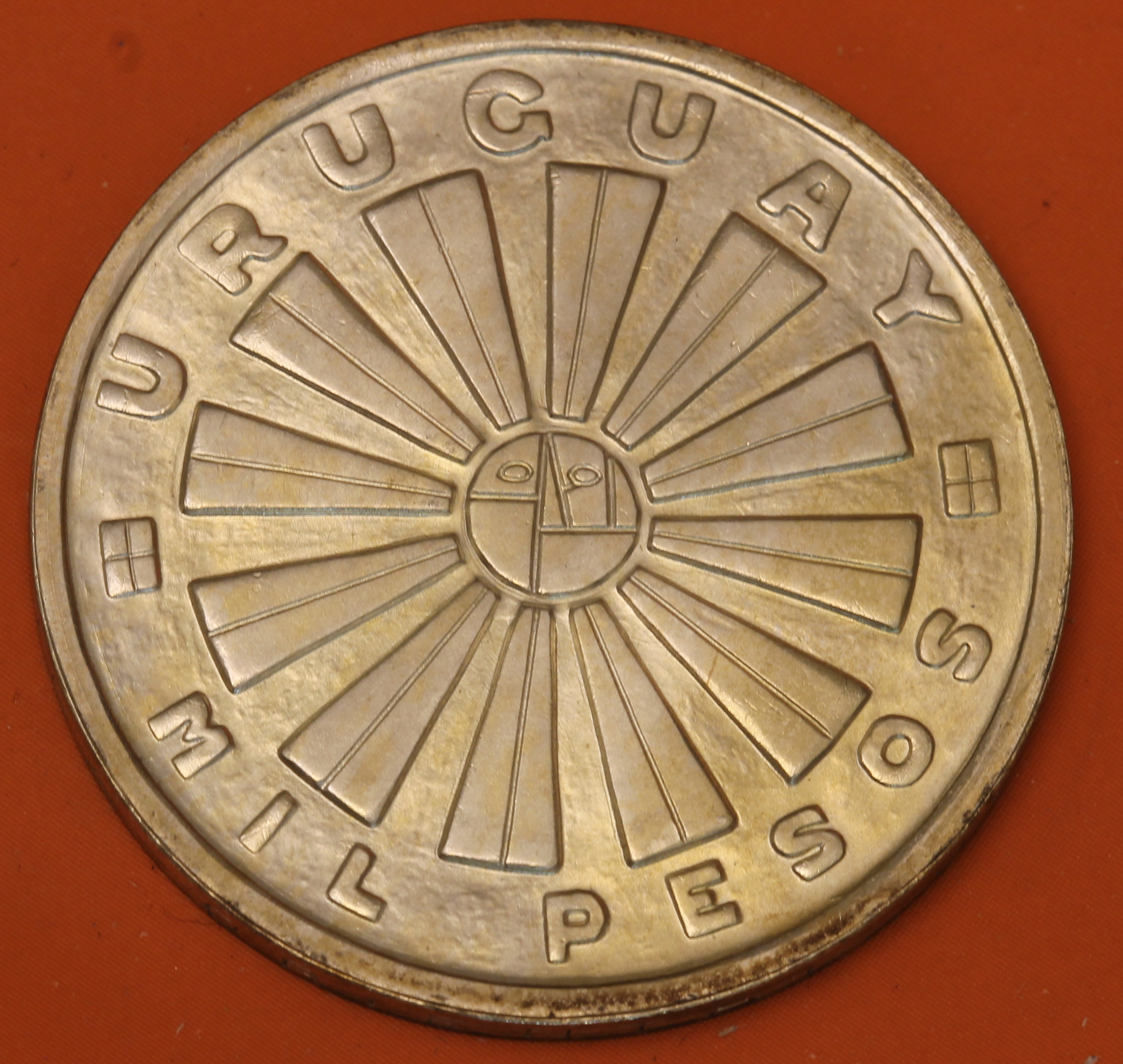
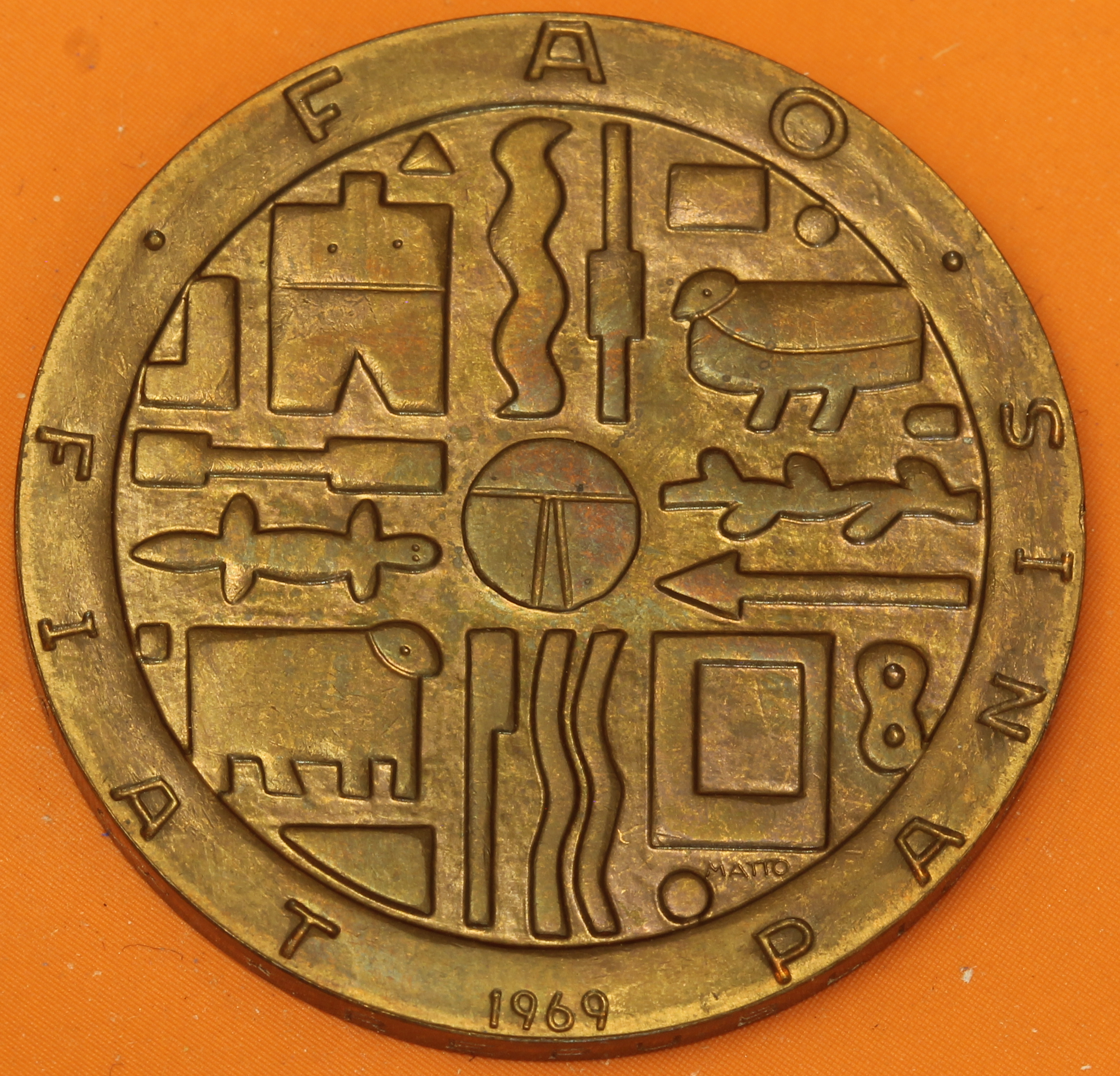
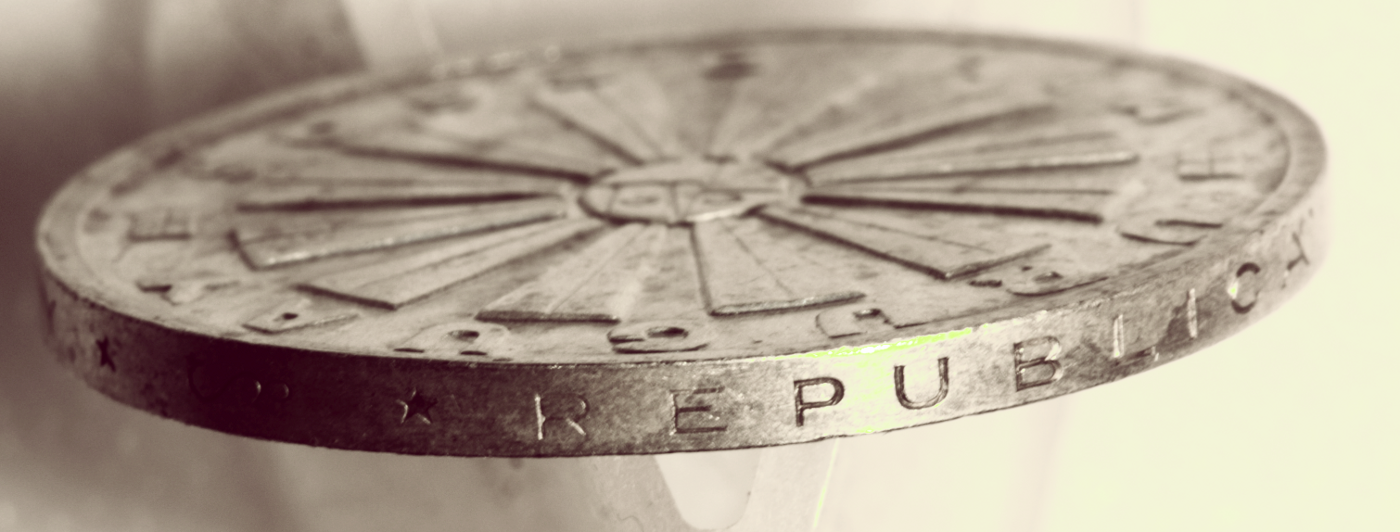
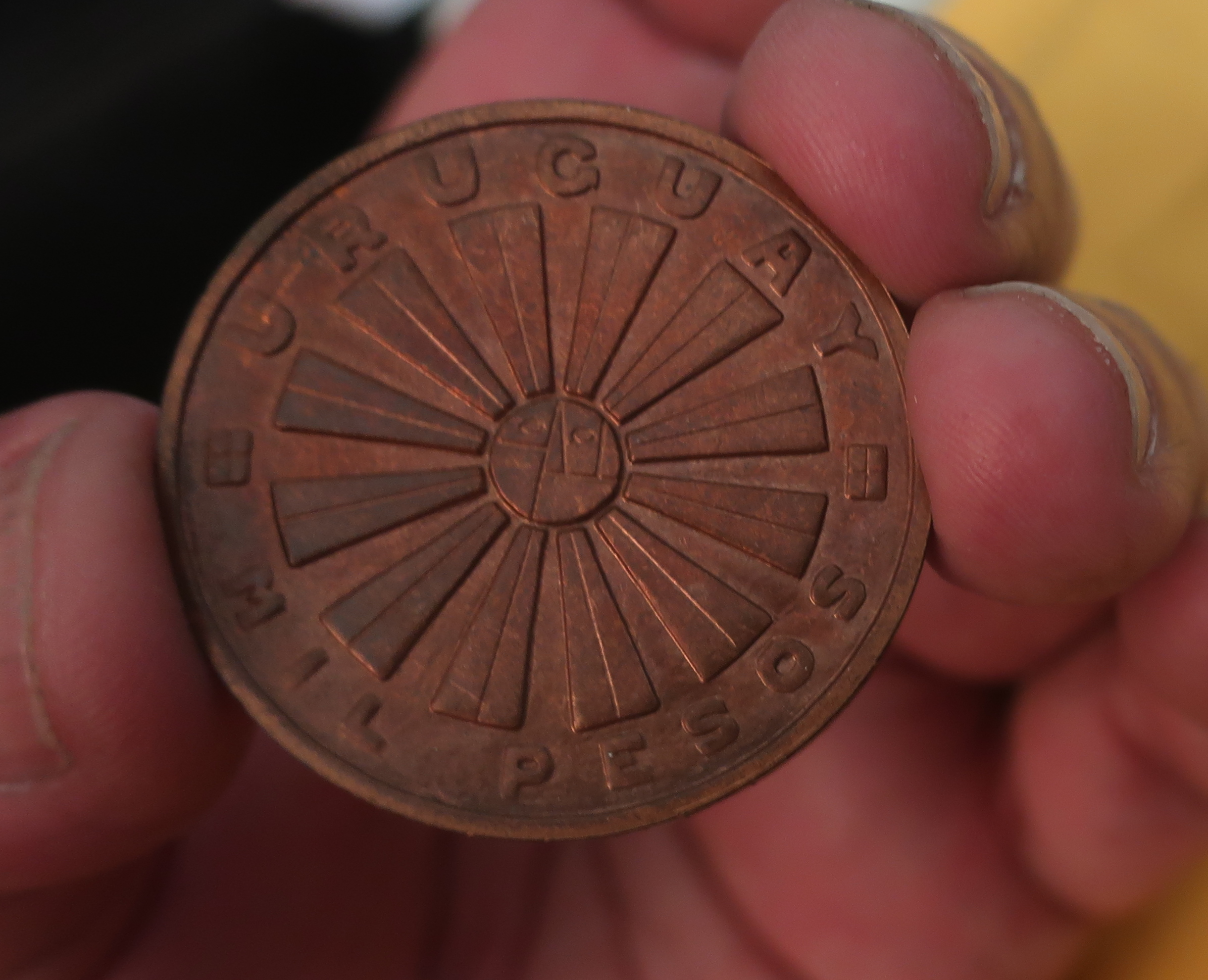
The resulting coin design is a true work of art, and now often copied, especially in British 50P series of coins. This coin deserves a place in a design exhibit at MOMA, along with the 1963 Type E Jaguar Roadster and the 1998 iMac Desktop Computer. The proof version was distributed with a diagram map explain all the symbolism packed in the coin, and the silver slab, without a traditional offset rim, has a unique feel in the hand. The silver is warm, and commands respect. It is a worthy coin
We have 5 examples, 2 bronze, and 3 silver. We had another one which was robbed with the entire collection in 2014. But we have wall size prints of the coin printed on a large form commercial color printer that hangs on the wall near the front door.
In addition to the wonderful obverse and reverse, there is also a nice inscription on the rim
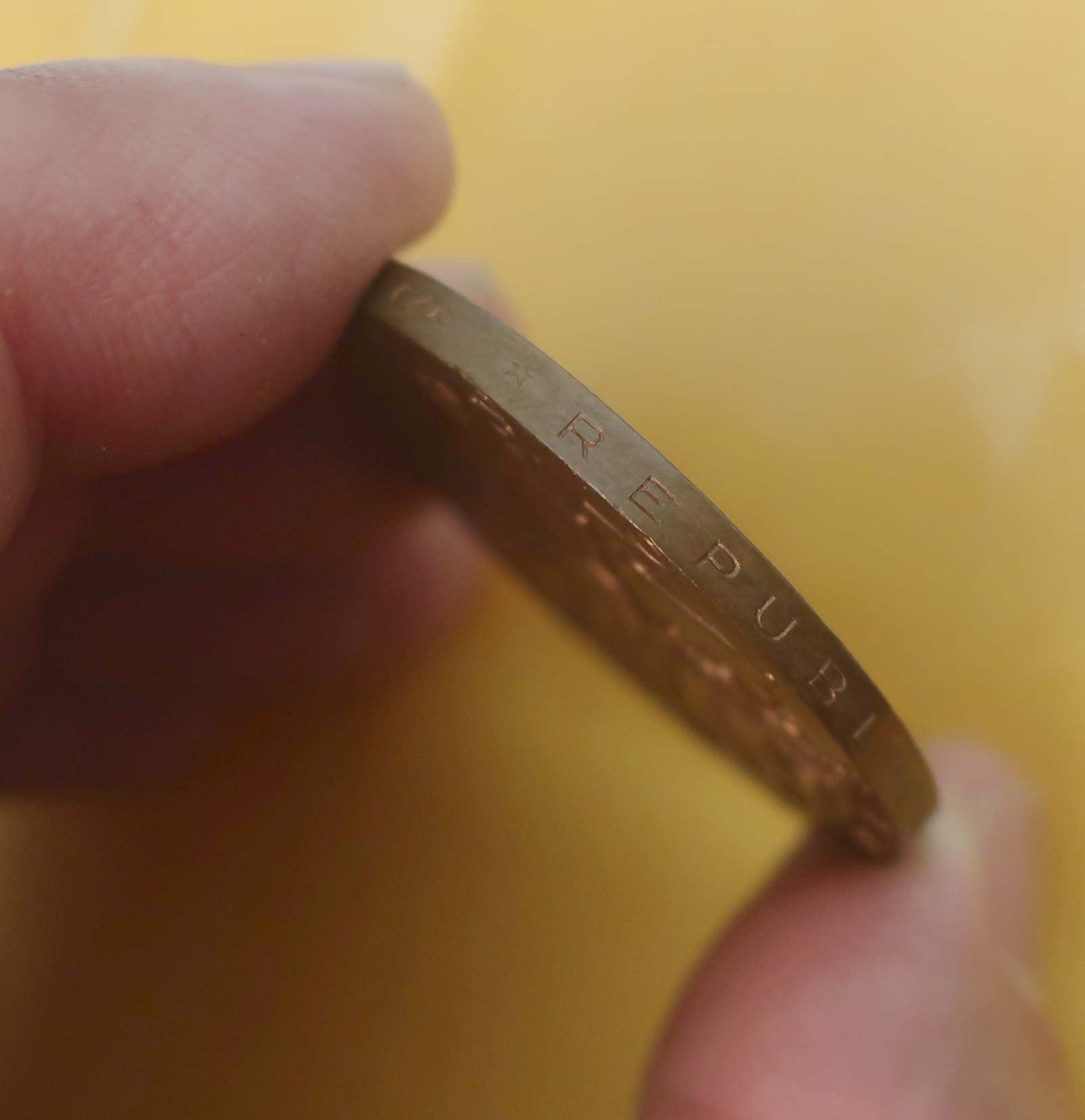
The reserve includes a representation of the creation myths of South America. Surrounding it is a cornucopia of stylized food stuffs, wildlife, and agricultural tools. It is much more ambitious than the usual "Food for All" representation and obviously someone gave this far more thought that the usual perfunctory designs by other UN nations.
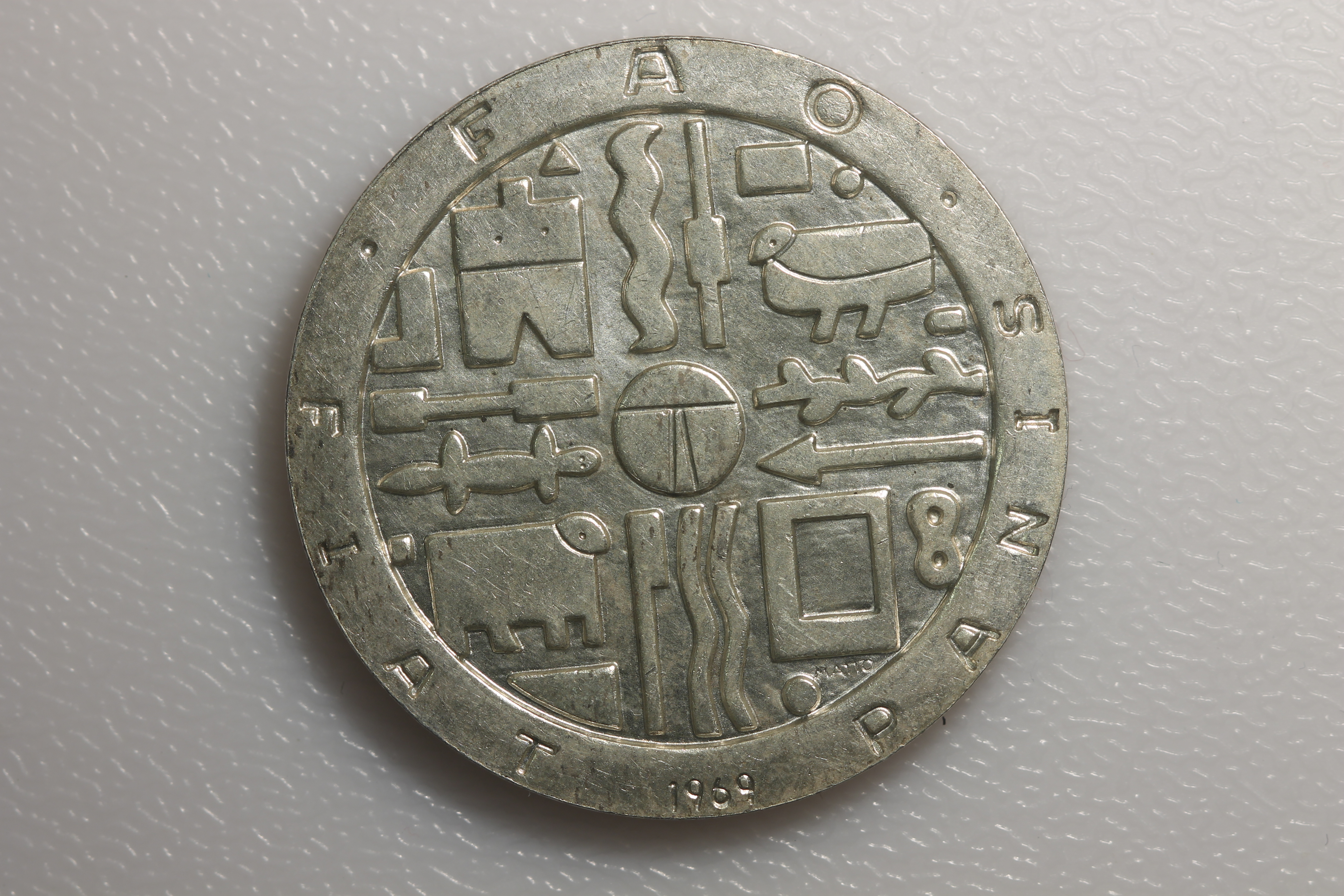
The coin was minted in CASA DE MONEDA CHILE in Santiago, Chile which still in operation today. It was founded in October 1, 1743 as Casa de Moneda by the Certificate of the King of Spain Felipe V.
The work is designed by Fransisco Matto who has a full catalog of Latin American abstract art that is displayed around the world. He is a superior artist and engraver, often working in Metal and Canvas.
This is a wonderful PDF on his work. There is quite a bit written on the design in Uruguay museums such as this one in Spanish
The coin has an incuse design which makes grading a bit difficult. As such, the fields are actually the high points of the coin, and the details are "carved" into a flat slab of precious metal. Matto's design is based on the well know artist, Joaquin Torres Garcia, who's works encompassed Constructive Universalism, and was a friend of Picasso and Gaudi. Some of his work can be explored at artnet
It was engraved by Francisco Matto Vilaró , and the edge letters says REPUBLICA ORIENTAL DEL URUGUAY So . The Obverse is a reworking of the commonly themed stylized sun that is on many Uraguay coins. There are two variants and we seemed to have been lucky enough to obtain both.
There are TWO varieties - tear drop and no tear drop - See below
